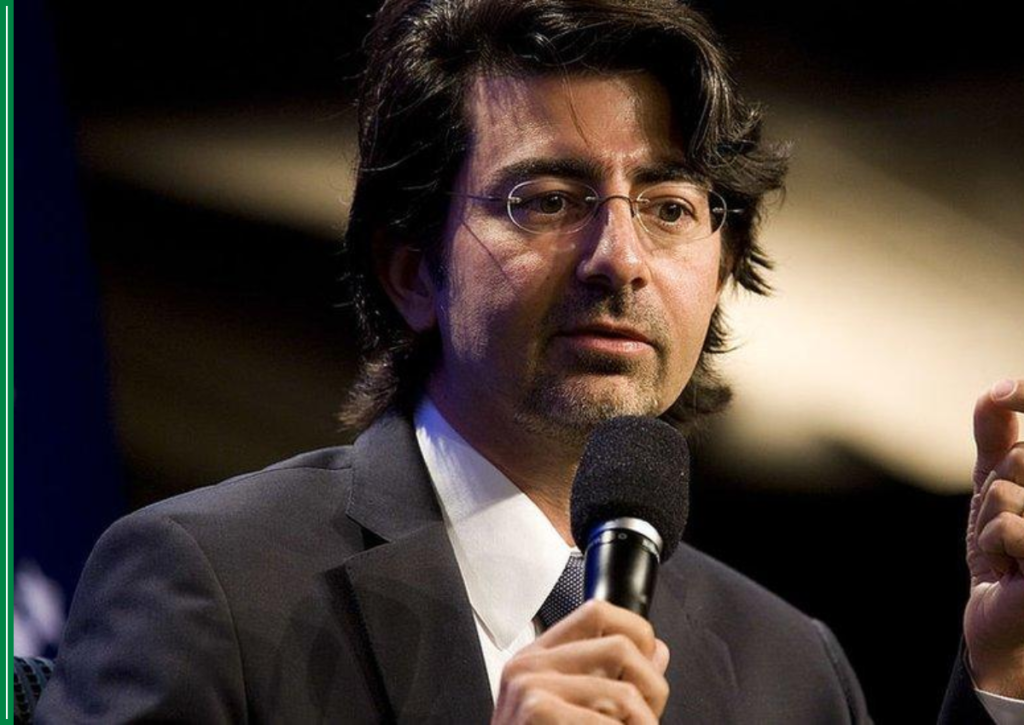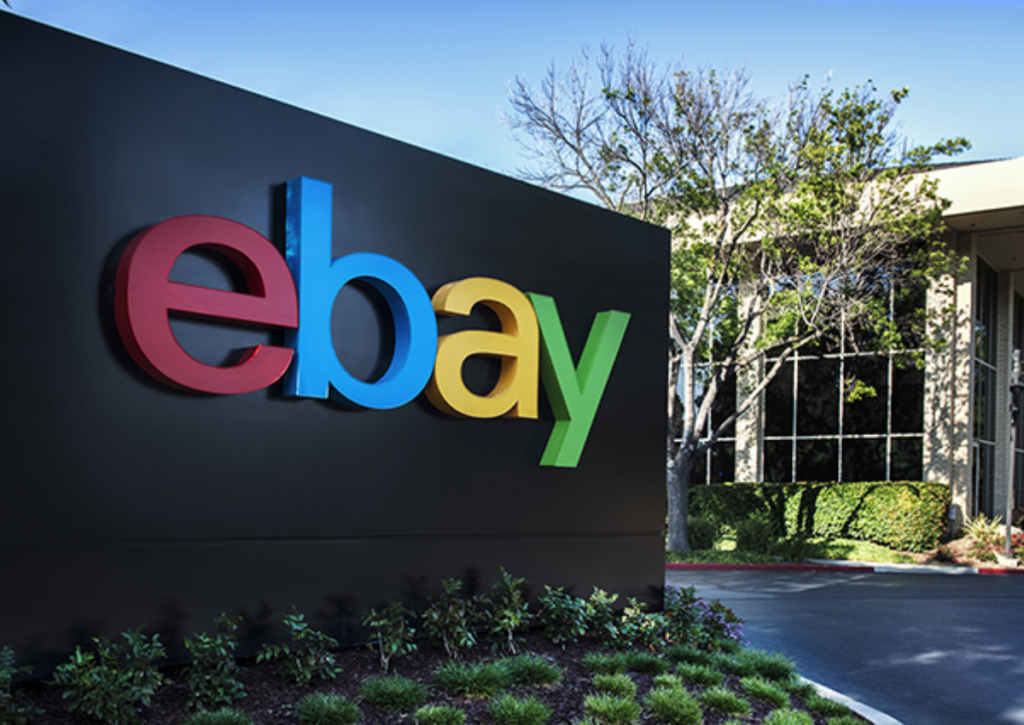In the mid-1990s, the internet was still a mystery to many, but for Pierre Omidyar, it was an opportunity. A computer programmer with a vision, Omidyar believed in the power of an online marketplace where anyone could buy and sell goods. This belief led to the birth of eBay, a company that would go on to redefine e-commerce and shape the future of online retail.
A Curious Experiment That Sparked a Revolution
It all started in 1995 when Omidyar built a simple auction site called “AuctionWeb.” The initial idea was to create a level playing field where buyers and sellers could interact directly, without the need for a middleman. The first item ever listed was a broken laser pointer, which surprisingly sold for $14.83. When Omidyar contacted the buyer to confirm the sale, he learned that the buyer was a collector of broken laser pointers. This moment validated Omidyar’s belief—there was a market for everything.

From Hobby Project to Business Boom
As word spread, AuctionWeb gained traction. By 1997, the platform had facilitated millions of dollars in transactions, prompting Omidyar to rename it “eBay,” inspired by his consulting firm, Echo Bay Technology Group. The site’s popularity soared, and it quickly became a haven for collectors, small businesses, and individuals looking to trade goods online. eBay’s ability to connect buyers and sellers from all corners of the world was groundbreaking.
Building Trust in a Digital Marketplace

One of the biggest challenges of online transactions was trust. How could buyers be sure that sellers would deliver as promised? To address this, eBay introduced the now-iconic feedback and rating system. Buyers and sellers could leave reviews, creating a self-regulating marketplace where reputation was key. This move solidified eBay’s credibility and set a precedent for online trust mechanisms that other platforms would later adopt.
A Global Expansion Fueled by Innovation
As eBay grew, so did its ambitions. The company expanded globally, entering markets in Europe, Asia, and beyond. It acquired PayPal in 2002, streamlining online payments and making transactions more secure. While eBay eventually spun off PayPal in 2015, the acquisition had already cemented its place as a leader in e-commerce.
eBay also embraced innovation by introducing “Buy It Now” options, allowing instant purchases rather than traditional bidding. This change catered to a wider audience, bridging the gap between auctions and conventional retail.
Adapting to Challenges in a Changing World
Like any success story, eBay faced its share of challenges. Competitors like Amazon changed the e-commerce landscape by focusing on direct sales and fulfillment services. Meanwhile, counterfeit goods and fraud threatened eBay’s reputation. The company responded by implementing stricter policies, AI-driven fraud detection, and partnerships with brands to authenticate high-value products.
A Marketplace That Stands the Test of Time
Despite competition, eBay remains a dominant force in e-commerce. With millions of active users and billions in annual revenue, it continues to serve as a platform for entrepreneurs, small businesses, and collectors worldwide. By adapting to market trends and prioritizing user experience, eBay has stood the test of time.
FAQs About eBay
How did eBay start?
eBay started as AuctionWeb in 1995, created by Pierre Omidyar as an online auction site where individuals could buy and sell items.
What was the first item sold on eBay?
The first item ever sold was a broken laser pointer, which was purchased for $14.83 by a collector of broken laser pointers.
How does eBay make money?
eBay makes money through listing fees, final value fees on completed sales, and additional services such as advertising and seller tools.
Is eBay still relevant today?
Yes, eBay remains one of the largest e-commerce platforms in the world, with millions of active users buying and selling goods globally.
How does eBay ensure buyer and seller trust?
eBay uses a feedback and rating system, buyer protection programs, and AI-driven fraud detection to maintain trust in the marketplace.
What makes eBay different from Amazon?
Unlike Amazon, which primarily sells new products directly to consumers, eBay operates as a peer-to-peer marketplace where individuals and businesses can auction or list products for sale.
Final Thoughts: The Legacy of eBay
The story of eBay is a testament to the power of innovation, trust, and adaptability. From a simple auction site to a global marketplace, its journey reflects the evolving nature of digital commerce and the boundless opportunities the internet provides. As eBay continues to innovate, its legacy as a pioneer in online marketplaces remains stronger than ever.



